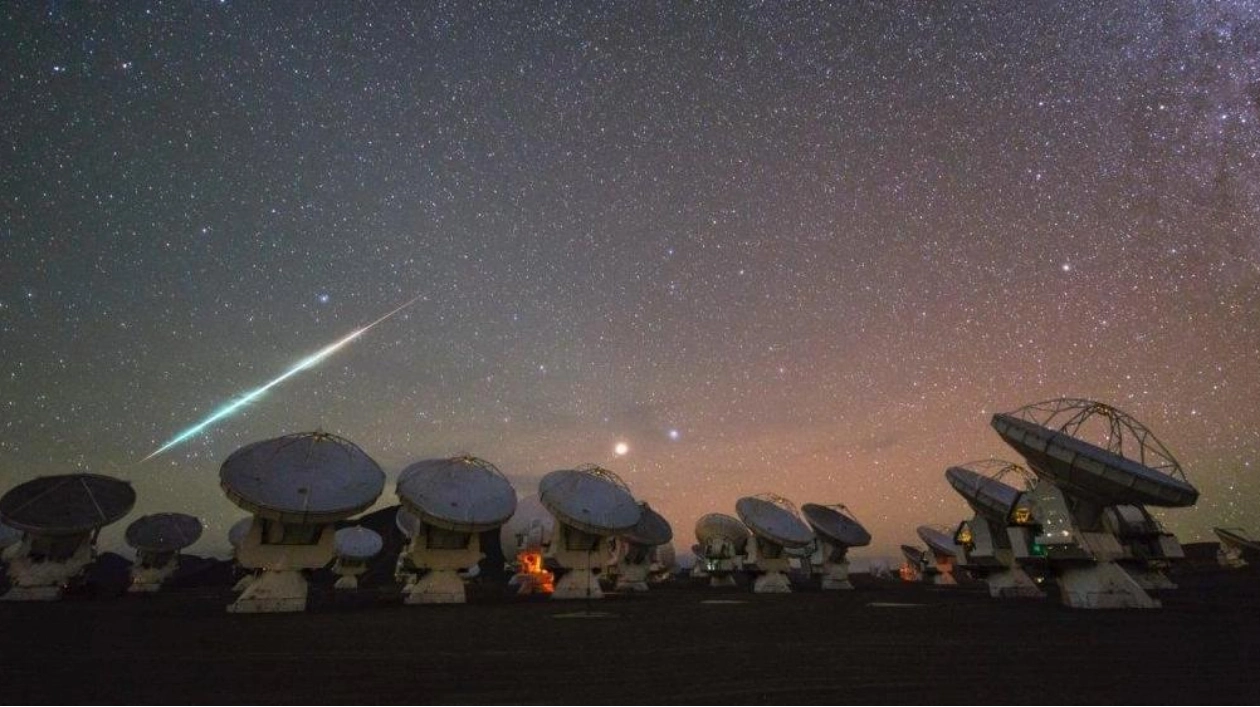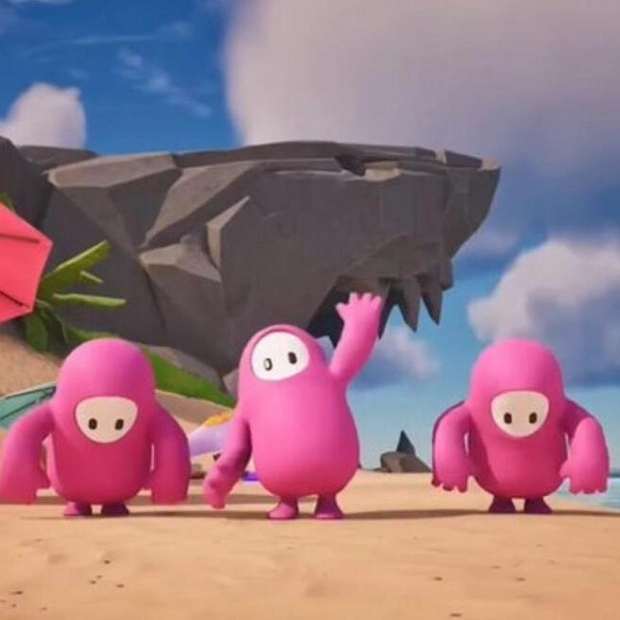Two new studies reveal that most of Earth’s meteorites can be traced back to a few significant collisions within the asteroid belt between Mars and Jupiter, including a major impact event approximately 470 million years ago. This discovery, published on October 16 in Nature, offers crucial context for researchers. By identifying the origin of meteorites, scientists can better understand how the building blocks of planets formed to create our solar system. However, this also suggests that our meteorite collection may be heavily biased, limiting the scope of our understanding.
Meteorites provide a record of the solar system’s early, tumultuous history, but their origins are often unknown. “Knowing the source asteroid is like finding a pot of gold for meteoriticists,” says Sara Russell, a planetary scientist at London’s Natural History Museum, who was not involved in the studies. Without this information, a meteorite is akin to a puzzle piece without the full picture.
Most meteorites on Earth are ordinary chondrites, with two classes—H and L—comprising 70% of all meteorite falls. Scientists suspected that L chondrites originated from a single parent asteroid. Mineralogical features indicate these rocks were heavily shocked, scorched, and degassed before cooling, suggesting they were released from a large asteroid—at least 100 kilometers long—via a supersonic collision.
Radioactive dating revealed that these meteorites emerged from a 470-million-year-old collision. Researchers used NASA’s Infrared Telescope Facility in Hawaii to scan prominent stony-type asteroids, comparing their mineral signatures to L chondrites. The best match was the Massalia family of asteroids, which formed around 500 million years ago after splitting from a larger asteroid. This timing suggests that the impact that created L chondrites also formed the Massalia family.
Other data, including near-Earth asteroids with L chondrite-like signatures and the orbits of L chondrite meteors, also point to the Massalia family. “All data points to the same conclusion—there’s no doubt,” says Michaël Marsset, an astronomer at the European Southern Observatory in Santiago, Chile, and an author of both studies.
This ancient impact also triggered a more recent bombardment, sending L chondrite material back onto the largest asteroid remnant. Another impact, no more than 40 million years ago, sent this debris towards Earth. H chondrites, on the other hand, are 5 to 8 million years old, originating from different impact events. By reconstructing the past orbits of the Koronis2 asteroid family, the team found that these asteroids were unified as a single asteroid 7.6 million years ago.
Sara Russell expresses concern that Earth’s meteorite collection may be highly biased, focusing on just a few asteroids. The asteroid belt contains a diverse array of rocks, each offering unique insights into the solar system. “Perhaps we’re only seeing a small fraction of them through our meteorites,” she says. The solution, though costly, involves space missions to explore these ancient rocky archives directly.






